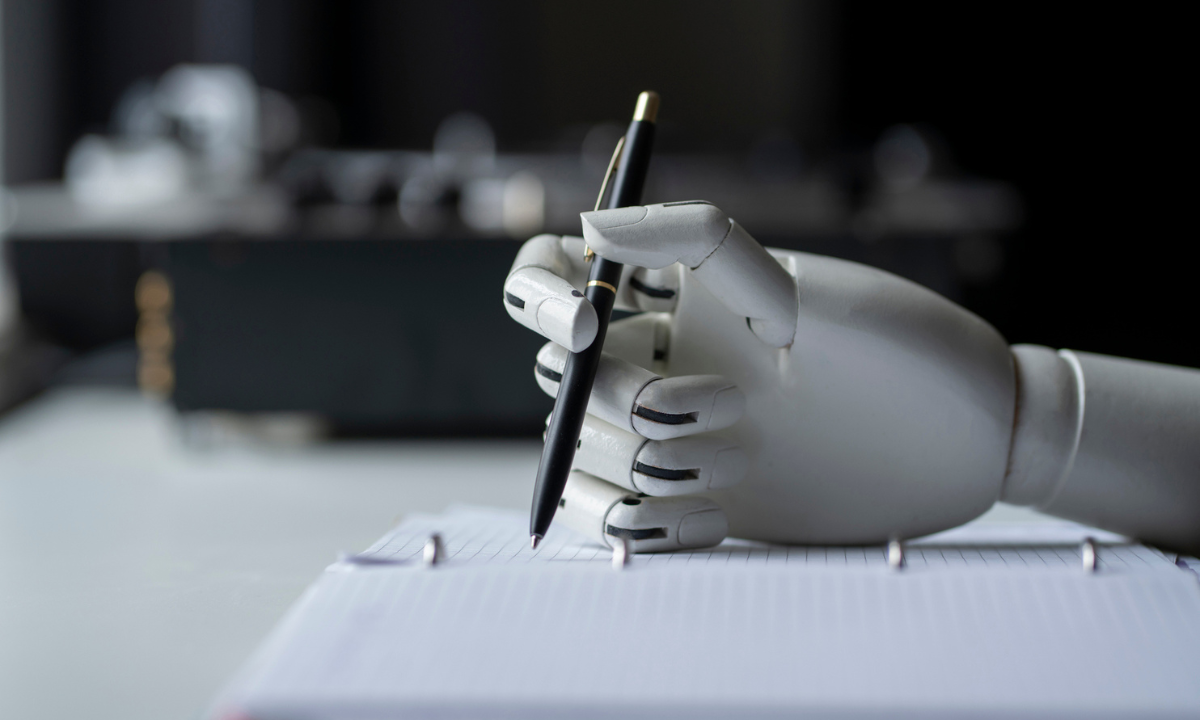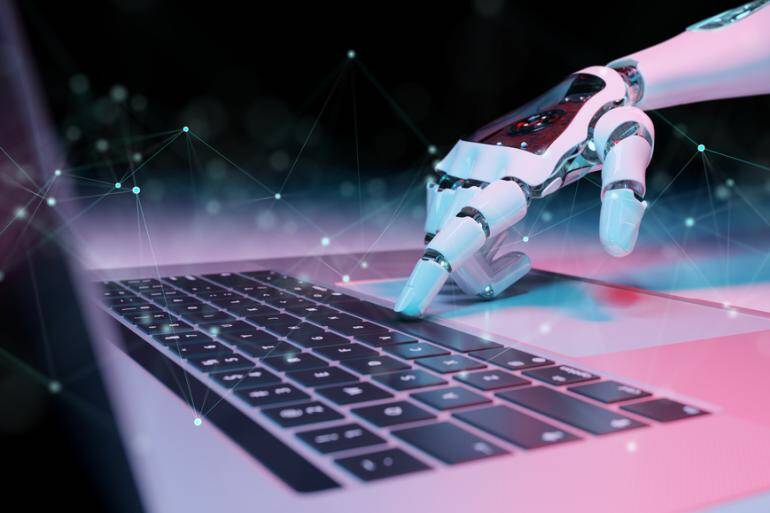How to identify if a video was made with artificial intelligence: tips for catching deepfakes

Artificial Intelligence (AI) has opened up a seemingly borderless universe, while also opening the door to major risks. One of the latter is AI-created videos. However, it's possible to identify them and avoid the trap of believing they're real .
EL TIEMPO consulted specialized portals on the subject to find out how to catch deepfakes. We tell you.
According to Grupo Ático 34 , the first aspect to consider is context. It explains that "in the era of infinite scrolling and almost continuous content consumption, we rarely stop to reflect on the content we've seen. To detect deepfakes, stopping and reflecting is key."

Artificial Intelligence. Photo: iStock
He adds that " deepfakes are typically created with an intention and to generate specific emotions; therefore, when we see a video that catches our attention and easily generates a certain emotion in us, we should stop and think about the intention of that video, analyzing the context."
He recommends asking yourself these questions: Is this a video of a well-known figure doing something inappropriate or illegal, or something unusual or unexpected? Is the content related to a current topic and intended to evoke emotions? Who is posting the video?
He also recommends finding the original source of the video and tracing its origin. He also recommends checking what other media outlets it has been shared on.
Eye to the lighting Grupo Ático 34 assures that "lights and shadows are details that AI tools still have problems with, so if a video seems suspicious to us, we can observe if the shadows are well placed with respect to the light source, if the light source is coherent or not, check the perspectives and shapes of the objects that appear in the image in search of inconsistencies or errors that indicate that we are looking at a video created with AI."
Lack of reflex in the eye It's a third option for determining whether a video is made with AI. "Our eyes reflect what's in front of them as if they were a mirror. The eyes in deepfakes have no reflection; it's a detail that requires time and work, so for now, their absence is one of the easiest signs to detect, although it requires stopping the video and watching it closely (something that, depending on the quality of the video, may not be possible)."

Artificial intelligence. Photo: iStock
He adds that "continuing with the eyes, although this doesn't occur in the most sophisticated deepfakes, in those created with less care, errors can be detected in the shape and expression of the eyes, as well as in blinking or movement."
Anatomical and proportion errors Grupo Ático 34 explains that "AI-created videos still have noticeable anatomical flaws, especially in the hands (extra fingers, missing joints, physically impossible positions, distortions, fused limbs, odd folds in clothing, etc.). A careful look at the video will allow these flaws to be detected."
Furthermore, he explains that "since many deepfakes involve placing one person's face on another's body, there may be errors in the proportions of the head and face compared to the neck and shoulders or the position of the hair, slightly different skin tones, as well as strange or uncoordinated movements between different parts of the body."
Quality Another aspect to keep in mind, according to Grupo Ático 34, is that "if a video has poor quality, whether the image or audio, or both, and could have been better, it should be suspicious. Currently, making videos with good image and sound quality is within reach of any camera, including those on smartphones, and any video editor. Therefore, it is suspicious if a video intended to be proof of something or generate controversy appears in low quality and it is impossible to find a source with better quality."
Simple backgrounds Grupo Ático 34 says that "generally, videos created by AI tend to have very little detail or the backgrounds appear blurred, or, if there is someone or something in the background, it appears distorted or produces a strange sensation (it could be due to the position or distortion of the image).
Likewise, he continues, there are other unreal details that only appear in AI-generated videos: flawless faces, symmetrical object distribution, exaggerated expressions (AI is not yet good at recreating our emotions and facial expressions), or illegible text (if there are signs or surfaces where text might appear, it will be blurred, illegible, or composed of strange or invented characters).
Details to keep in mind According to Winston AI, to identify a video made with AI, you should keep these tips in mind:
- Video glitches that show something that doesn't match the rest of the video.
- The movement of the people in the video seems strange.
- The situation is implausible.
LATEST NEWS EDITORIAL
eltiempo





